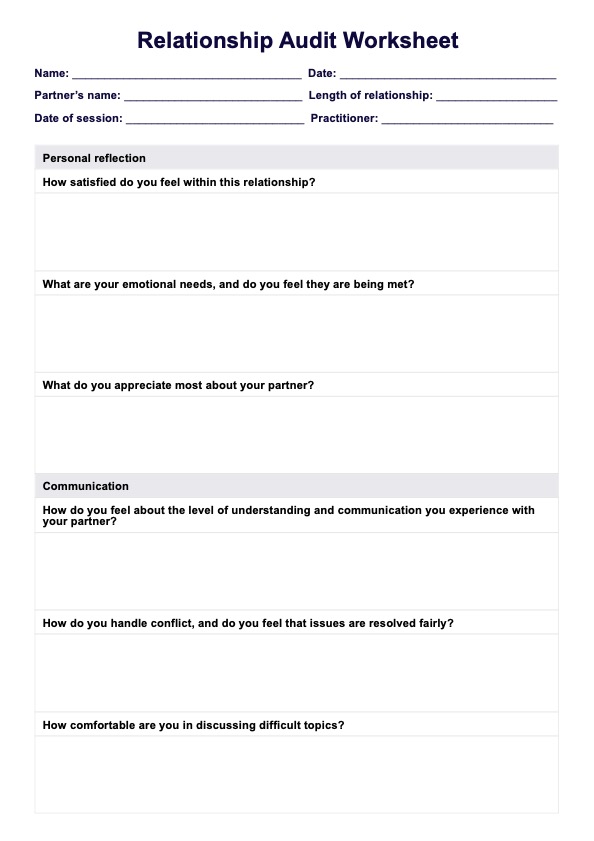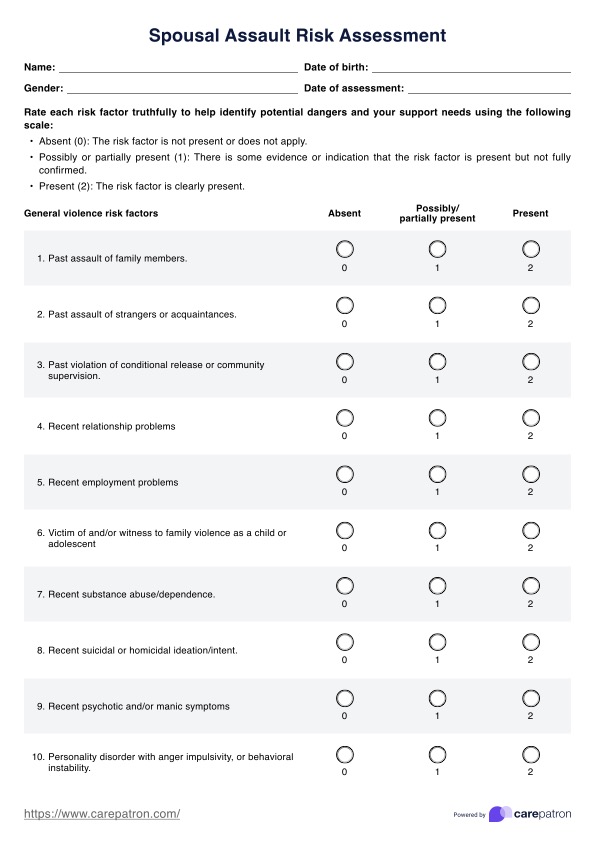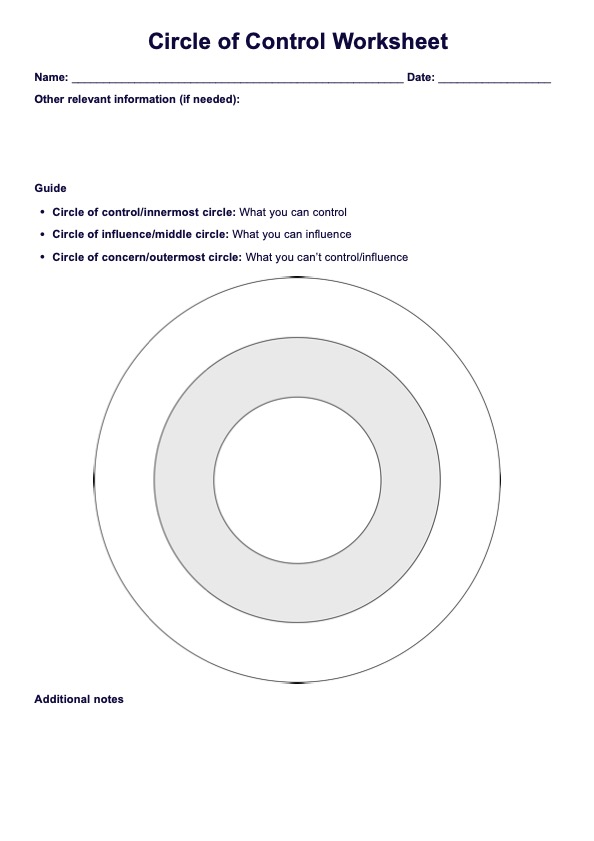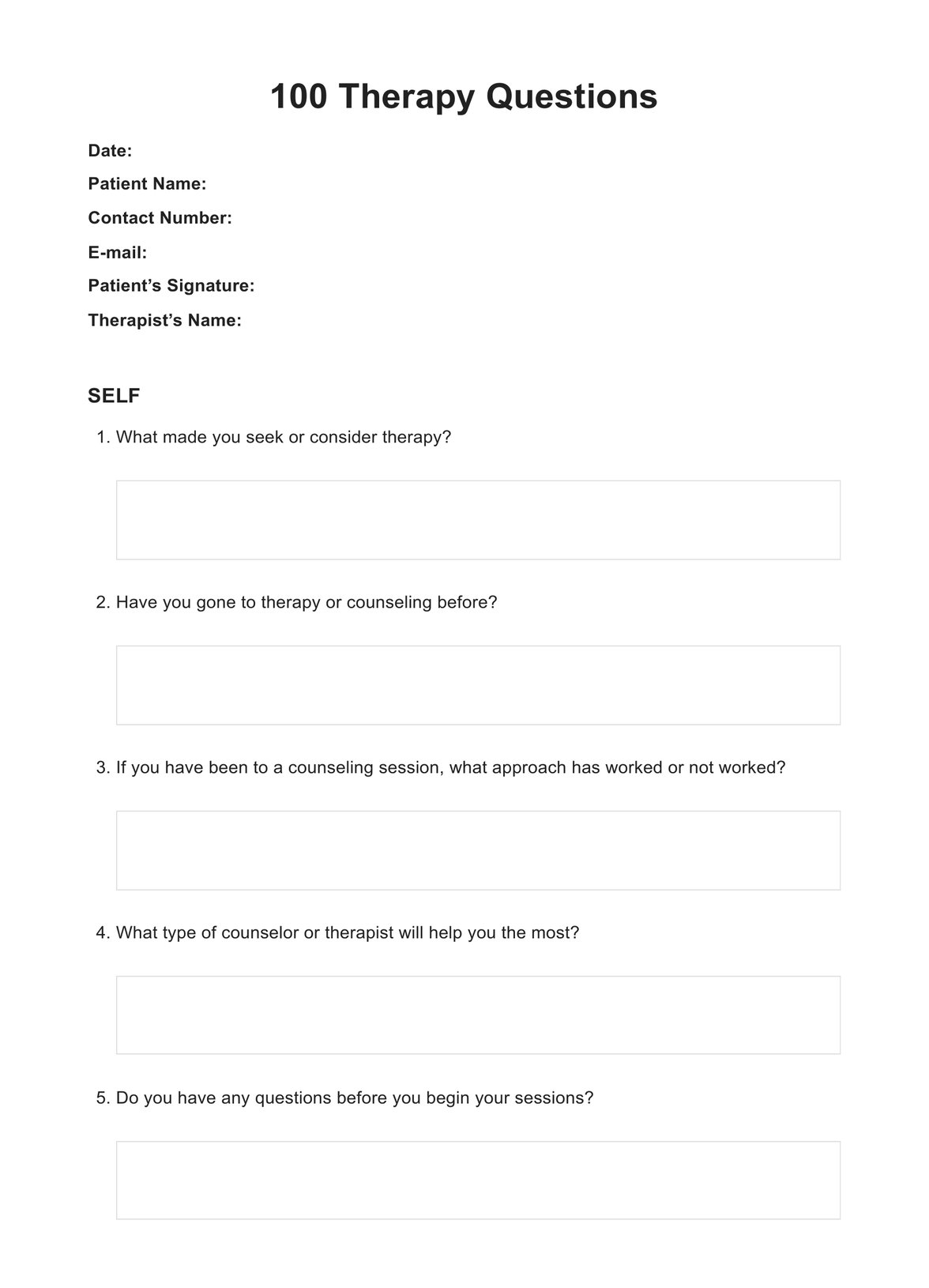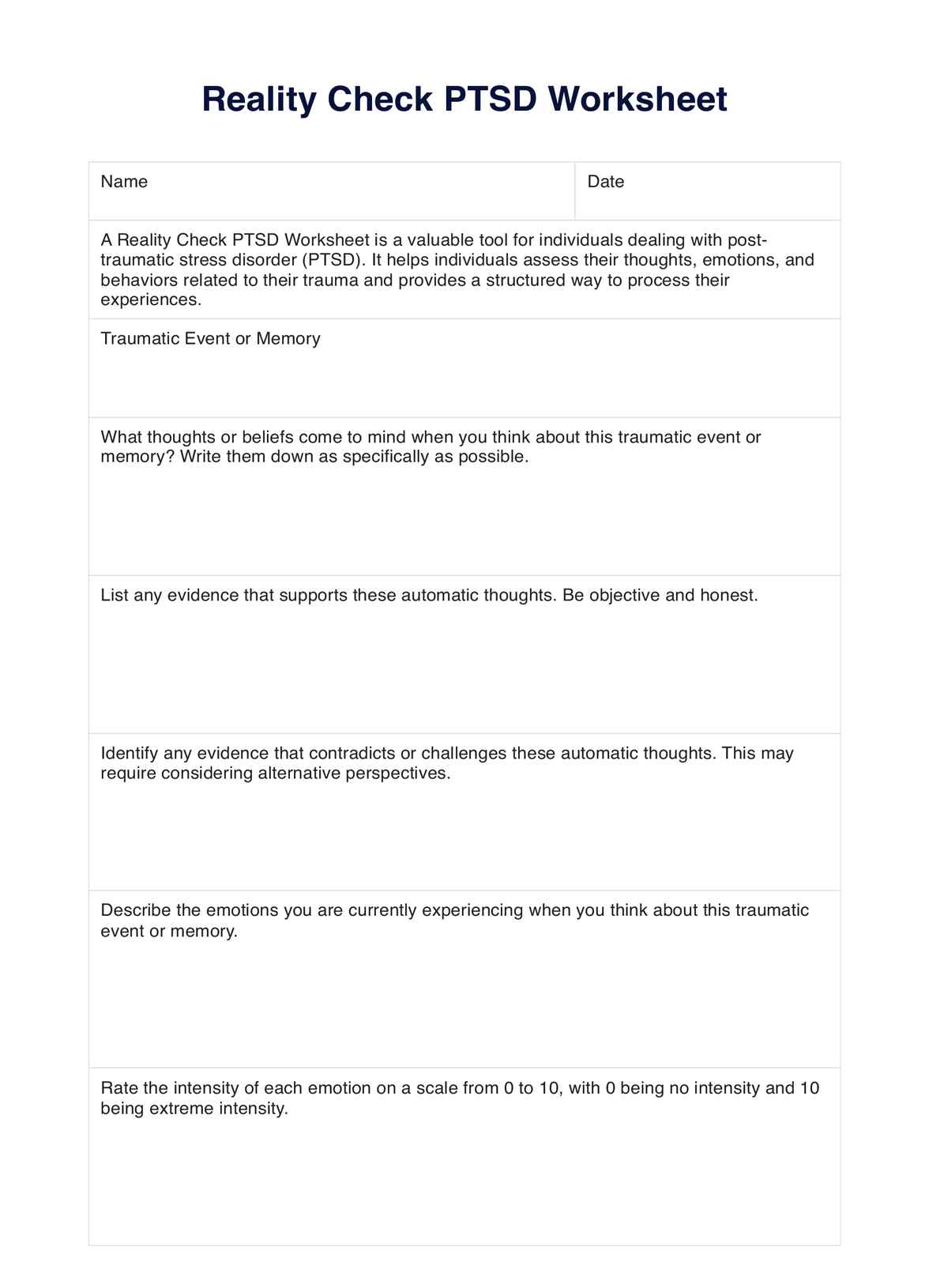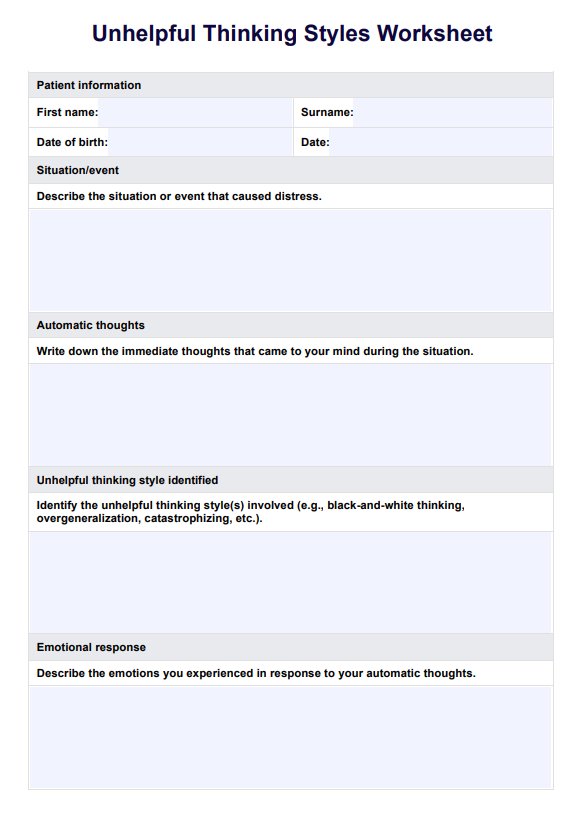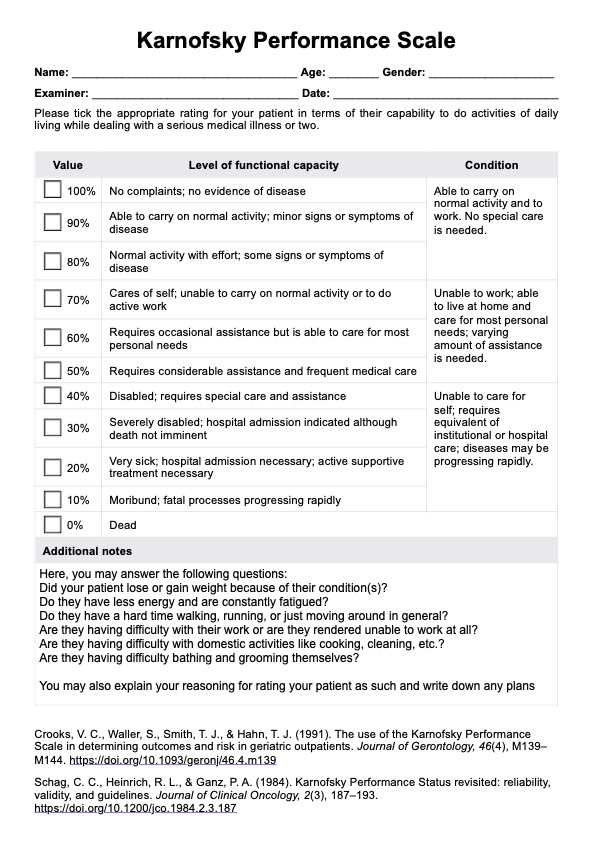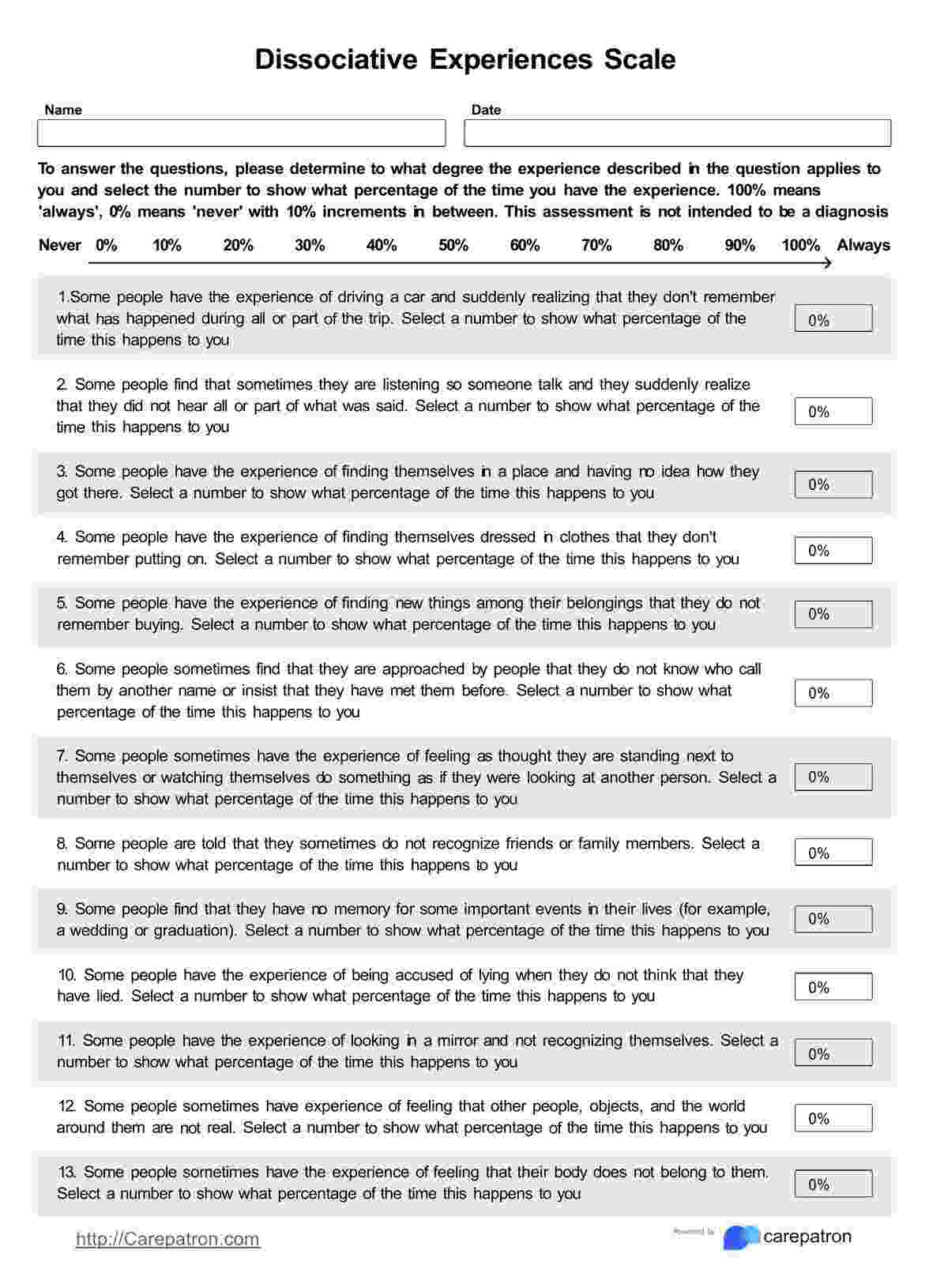Printable Relationship Expectations Worksheet
Help clients build stronger bonds and communicate expectations with our Relationship Expectations Worksheet.


What is a Relationship Expectations Worksheet?
Relationship expectations form the foundation of how individuals interact and grow within their personal relationships. Our printable Relationship Expectations Worksheet is designed to help individuals and couples explore, articulate, and align their expectations within relationships. Think of this as a way to help clients reflect on various aspects of relationship dynamics, from essential communication skills to what relationship satisfaction looks like for them.
This form of relationship check-in worksheet typically incorporates several key components that encourage self-reflection and deeper understanding. It prompts participants to consider their needs, emotional intimacy, boundaries, and desires while creating a safe space for honest dialogue about relationship challenges and goals.
These couple therapy worksheets can be particularly valuable to help clients improve communication about challenging topics like financial management, division of household responsibilities, and future planning. The format also allows partners to explore their individual perspectives while working toward creating shared understanding and mutual support.
Printable Relationship Expectations Worksheet Template
Printable Relationship Expectations Worksheet Example
How to use this Relationship Expectations Worksheet
The Relationship Expectations Worksheet can be a transformative tool in fostering healthy relationships and more effective communication. Here's how you can apply it in your clinical practice:
Step 1: Download the template
The first step is to access the worksheet by clicking "Use template" to open and customize it within the Carepatron platform. You can also click "Download" to get a copy of a printable and fillable PDF. This can also be used alongside other marriage or couples therapy resources within the Carepatron, such as healthy relationships worksheets or the Couple Communication Worksheet.
Step 2: Introduce the sections
Familiarize your clients with the sections. Highlight that each section addresses a crucial aspect of relationship dynamics, from individual goals and values to conflict resolution, recognizing positive qualities or what to improve in the relationship, and more.
Step 3: Give clients time to finish the worksheet
Whether in individual therapy or couples therapy, allow clients enough time to finish the worksheet. You can guide them through it in session or give it as homework that you can discuss for the next one.
Step 4: Use insights from the worksheet in the therapeutic process
Incorporate the insights and reflections from the worksheet to encourage clients to communicate their relationship expectations with their partner or to further process them in therapy.
When should you use this worksheet?
The expectations in a relationship worksheet can be a helpful tool during specific relationship phases and circumstances, such as the following:
During relationship transitions
This worksheet proves particularly valuable during significant relationship transitions, such as moving in together, engagement, or marriage planning. During these periods, partners often face new challenges and must align their expectations about shared responsibilities, financial management, and living arrangements.
In couples therapy sessions
The structured format makes this worksheet especially useful in therapeutic settings. When couples experience communication difficulties or recurring conflicts, the worksheet systematically explores underlying expectations and needs.
During regular relationship check-ins
Using this worksheet during scheduled relationship check-ins helps maintain open communication and prevent potential issues. Regular assessment of values, goals, and expectations allows couples to address changes in their individual and shared needs before they become sources of conflict.
Following major life changes
After significant life events such as career changes, having children, or relocating, the worksheet helps partners realign their expectations and support needs. These transitions often impact various aspects of the relationship, from time management to emotional intimacy, making it crucial to reassess and adjust expectations accordingly.
Benefits of using our printable Relationship Expectations Worksheet
The Relationship Expectations Worksheet offers a comprehensive framework for exploring and strengthening relationship dynamics through structured self-reflection and partner dialogue. It offers several benefits, including the following:
Facilitates clear communication and understanding
This worksheet creates a dedicated space for partners to express their needs, values, and expectations across multiple relationship dimensions. By rating comfort levels with different communication styles and preferred feedback methods, partners gain valuable insights into each other's communication preferences.
Promotes emotional and physical intimacy alignment
The worksheet's section on emotional and physical intimacy helps partners identify their love languages and preferred expressions of affection. Specific questions about time allocation and physical intimacy expectations help couples gain self-awareness and establish clear boundaries.
Establishes practical life planning
The worksheet helps couples align their expectations about daily life by addressing practical aspects like financial management, living situations, and shared responsibilities. The structured format encourages detailed discussion about career goals, family planning, and household management – which often create conflict when left unaddressed.
Encourages growth and mutual support
The worksheet's focus on personal and professional growth aspirations helps partners understand how to best support each other's development. This mutual understanding of growth needs and support preferences can improve mental health and increase relationship longevity and satisfaction.
Commonly asked questions
The worksheet is designed for individuals and couples seeking to enhance their relationships. It caters to anyone looking to reflect on their values, expectations, and goals within a relationship.
The duration varies, but on average, individuals typically complete the worksheet in one sitting. The intent is to inspire focused reflection within a reasonable timeframe.
No, the worksheet is a proactive tool for anyone wanting to strengthen their relationship. It guides individuals and couples to build solid companionship and address potential challenges before they escalate.


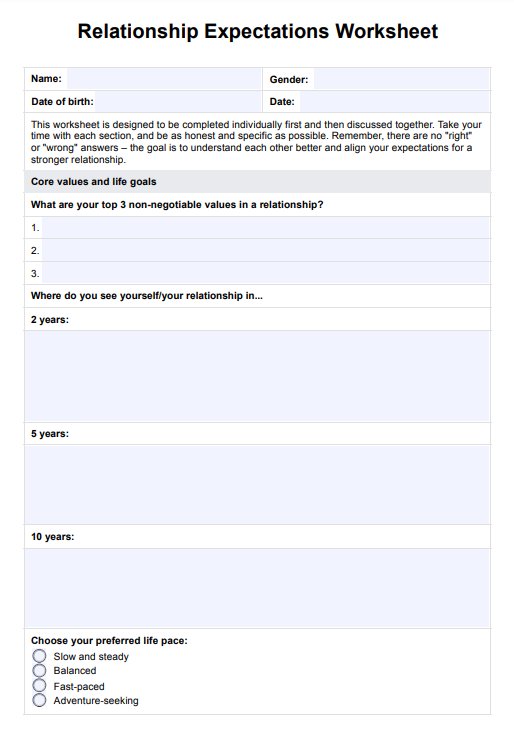
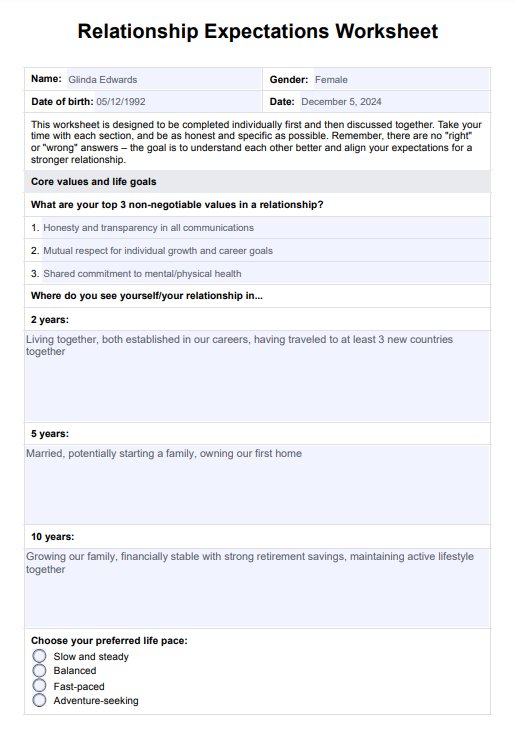
















-template.jpg)


